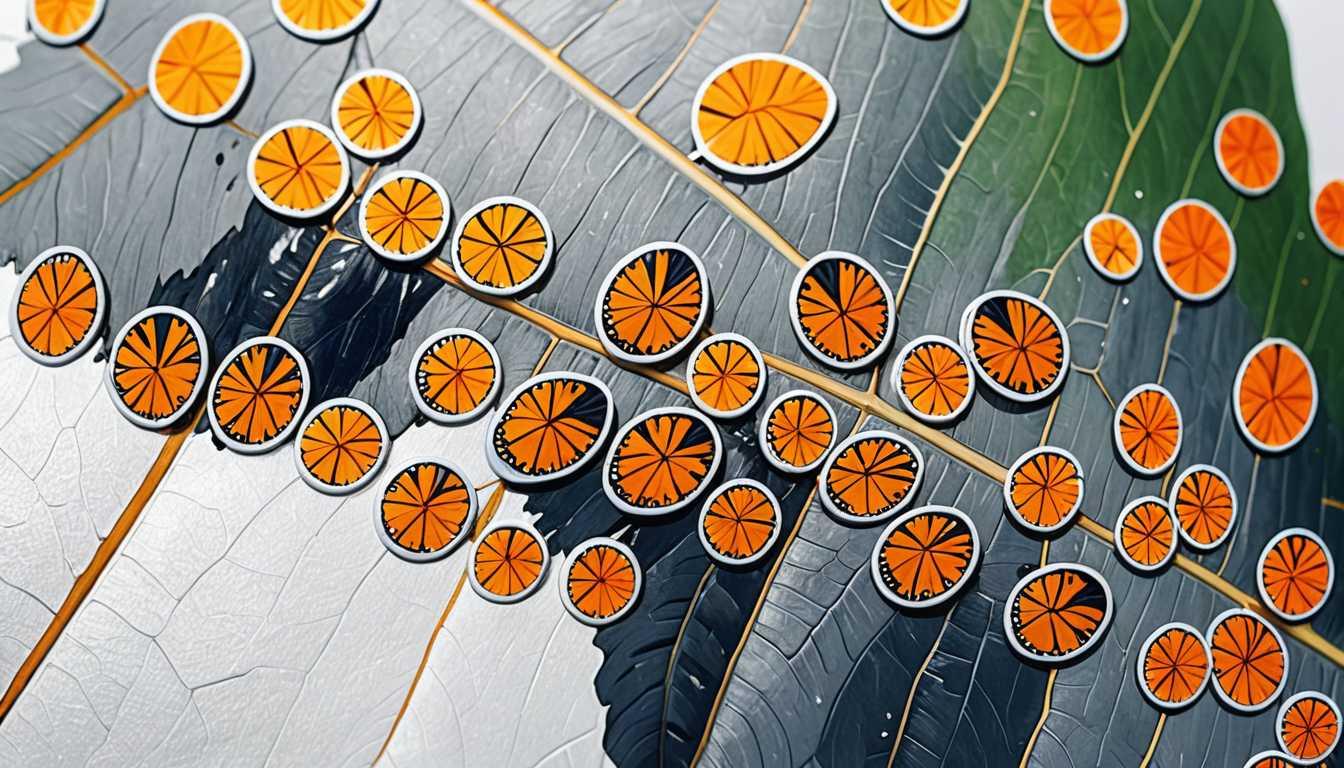Flutter to Force: Nature Powers Innovation
July 2023
Phys Org
Introduction
Imagine the flutter of a butterfly's wings not just as a sign of beauty but as the blueprint for the next big thing in sustainable materials! Researchers, inspired by how a butterfly’s wings gain their strength, have turned to chitin (yep, the stuff in shrimp shells) to create films that can lift weights and even generate electricity. Dive into this fascinating study from Phys Org and discover how nature's designs could power our future—no batteries required!
READ FULL ARTICLEWhy It Matters
Discover how this topic shapes your world and future
Fluttering into the Future with Butterfly Wings
Imagine the delicate wings of a butterfly not just as a marvel of nature's design, but as a blueprint for cutting-edge technology. This is exactly what researchers are doing by studying how a butterfly's first flight could inspire new ways to produce force and electricity. By understanding the transformation of chitinous material in butterfly wings, scientists are unlocking secrets to create sustainable, smart materials. These materials can move and generate electricity by simply interacting with the environment, no batteries required! This leap from nature to technology could change how we think about energy, making our future more sustainable and our tech more harmonious with the planet. For you, this means living in a world where technology mimics the best designs of nature, making it cooler and more eco-friendly.
Speak like a Scholar
Chitinous polymers
A type of long-chain molecule, made from chitin, that forms the hard, protective outer shells of insects and crustaceans.
Hygroscopic
The ability of a material to absorb moisture from the air.
Biocompatible
A material that is compatible with living tissue, meaning it can be used in medical applications without causing harm.
Piezoelectric material
A type of material that can generate an electric charge in response to applied mechanical stress.
Molecular organization
How molecules are arranged within a material, which can affect the material's properties.
Sustainable
Methods and materials that do not deplete resources or harm the environment, ensuring that they can be used for a long time without negative effects on the planet.
Independent Research Ideas
Exploring the strength of chitin in nature vs. engineering applications
Investigate how chitin's natural strength and flexibility in insect wings can inspire stronger, more flexible materials for engineering, like in building structures or vehicles.
Hygroscopic materials and environmental sustainability
Examine how materials that absorb water from the air can be used in sustainable agriculture or in creating self-watering systems for arid environments.
Biocompatible materials in medicine
Research how materials that are safe for use inside the human body, like the chitinous films, can revolutionize medical implants, reducing rejection rates and improving patient outcomes.
Piezoelectric materials for renewable energy
Dive into how materials that generate electricity from mechanical stress could be used to harness energy from everyday activities, like walking, to power devices.
The role of molecular organization in material properties
Explore how the arrangement of molecules within a material can be manipulated to create materials with specific properties, such as increased strength or flexibility, and their potential applications in various fields.
Related Articles

The Magic Behind Butterfly Scale Development
August 2024
MIT Technology Review

Hydrogel: The Heat-Loving Moisture Magnet
April 2023
Massachusetts Institute of Technology (MIT)

FibeRobo: The Future of Fashion
October 2023
Massachusetts Institute of Technology (MIT)

Gel That Quenches Deserts
June 2023
Massachusetts Institute of Technology (MIT)

Revolutionizing Electronics: A Sustainable Future
August 2024
MIT News